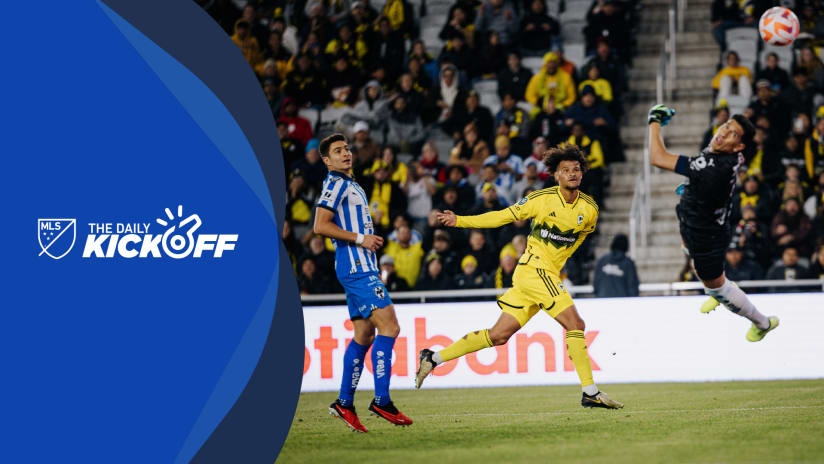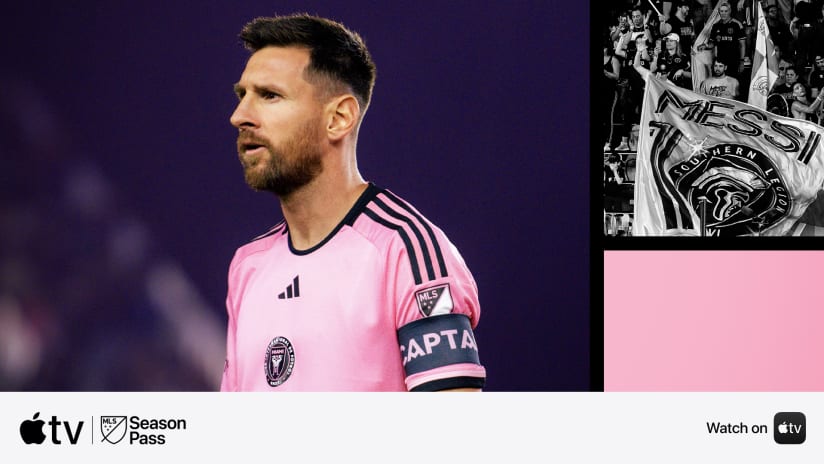Although a less common condition among soccer players, AC joint injuries may occur among athletes who frequently lift weights. Seasoned goalkeepers also are most likely to suffer AC joint injuries resulting from repeated long throws during matches.
What is the AC joint?
The AC (acromioclavicular) joint is a joint in the shoulder where the collarbone (clavicle) meets the shoulder blade (scapula). The specific part of the scapula, adjacent to the clavicle, is called the
acromion, hence the name AC joint. This is in contrast to the glenohumeral joint, the main "ball and socket" shoulder joint.
Problems that occur at the AC joint
The most common problems that occur at the AC joint are arthritis, fractures and "separations." Arthritis is a condition that involves loss of cartilage in the joint. Like arthritis at other joints in the body, it is characterized by pain and swelling, especially with activity. Over time, the soccer
player's joint can wear out, leading to swelling and formation of spurs around the joint. These spurs are a symptom of the arthritis and not the primary cause of the pain. Motions that aggravate arthritis at the AC joint include reaching across a soccer player's body toward the other arm, as goalkeepers often do. AC joint arthritis is common among athletes who regularly lift weights, especially resulting from using the bench press, and to a lesser extent, the military press. AC joint arthritis also may be present if soccer players have rotator cuff problems.
Treating arthritis of the AC joint
Cartilage damaged by arthritis cannot be replaced. Thus, soccer players can best control the
symptoms by modifying their activities to prevent the condition from being aggravated. Applying
ice to the joint helps decrease pain and inflammation. Medication, including aspirin, acetaminophen and non-steroidal drugs anti-inflammatory drugs (NSAID's), also are commonly used. If rest, ice, medication, and modifying activity don't work, then a cortisone shot may be needed. One shot into the joint sometimes alleviates the pain and swelling permanently, although the effect is unpredictable and may be only transient. Surgery may be necessary if non-surgical measures fail. Since pain results from the ends of the bones making contact with each other, the treatment involves removing a portion of the end of the clavicle. This outpatient surgery can be performed through a small incision about one inch long or arthroscopically, using several small incisions. Regardless of the technique utilized, soccer players' recovery and results are about the same. Most soccer players have full motion by six weeks and return to the field by 12 weeks.
What Is an AC separation?
When the AC joint is "separated," it means that the soccer player's ligaments connecting the
acromion and clavicle are damaged, and the two structures no longer line up correctly. AC
separations can be mild or severe. They are "graded" depending upon the ligaments that are torn
and how badly they are torn.
Peter H. Edwards, Jr., M.D. is an orthopedic sports medicine specialist at the Ohio Orthopedic Center of Excellence in Columbus, Ohio. He specializes in lower extremity sports medicine with an emphasis on soccer injuries.










